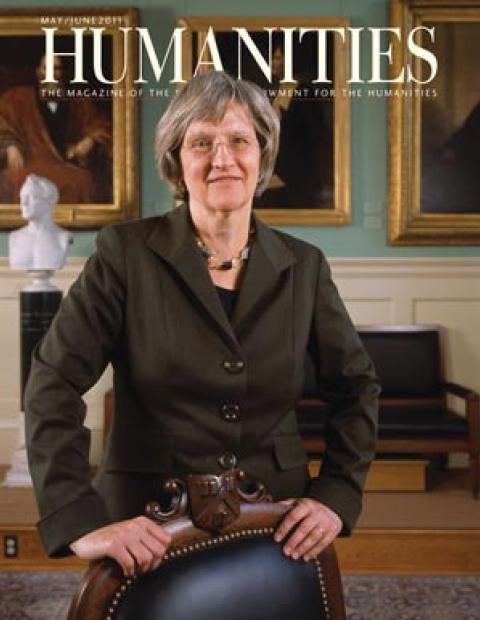Renaissance diarist Marin Sanudo’s political ambitions nearly truncated his accomplishment as a daily recorder of events in what was arguably the world’s most powerful and dynamic city of the day, Venice. His political career never took off, though. So, he kept at his writing continuously, his work becoming for him “wife and magistrate.” From the routine to the catastrophic, he put down in his diaries “item” after “item” from 1496 to 1533, at times with the breathless enthusiasm of a cub reporter covering his first fire. A translation published in 2008—with NEH funding—by Johns Hopkins University Press, Cità Excelentissima, now makes available to the general reader a voice long known only to historians and Renaissance specialists.
Sanudo was a lifelong reader of literature and history, and renowned for a vast personal library he kept in his studio, or, as he called it, his gymnasium, so it was only natural that he be present at the funeral of famed typographer and printer Aldo Manunzio of the Aldine Press. “This morning,” Sanudo notes on February 8, 1515, “the body having been placed in the church of San Patrinian with books surrounding it, the funeral rites were held.” On August 25, 1520, he makes another book-related entry, this one about the Pope’s condemnation of the “works of the German brother Martin Luther, of the Augustinian Friars.” A decree from Rome was read aloud at Venice’s Collegio—an executive council that introduced legislation into the Senate. Sanudo writes, “The vicar obtained permission to send the police captains to the home of the German bookseller Zordan . . . to confiscate these aforementioned works, which were printed in Germany and sent to this city to be sold.”
Sanudo recorded upheaval of another kind in 1511: “Today, March 26, Wednesday, at twenty hours and three quarters, the weather being somewhat unsettled, an earthquake suddenly hit this city of Venice. It was so powerful that it felt like the houses were collapsing. The chimneys were swaying, the walls bursting open, the bell towers tottering, things on high toppling down, and the water in the canals—even the Grand Canal—was boiling as if it had a fire under it.”
And Sanudo looked askance and with wonderment at the goings-on in January 1507 at Venice’s institution for higher learning in nearby Padua: “A newsworthy item: this month something very important happened in Padua. The students, wishing to take a vacation for Carnival, did not permit the professors to give lessons at the schools. As a result, ser Polo Pixani, knight and capitanio of Padua . . . issued an edict that the students must let the professors teach or face a penalty of yanks with the rope. Angered by this, the students smashed all the benches in the school and the chairs of the professors, so that they could not lecture. . . . Now, seeing this, the capitanio ordered the professors to take a vacation; the students, when they heard this, grabbed the professors and forced them to lecture. All of this was done because the students did not want to be subject to our rectors in this matter.”
Time and space permitting, it would be tempting to quote as well from passages on the sundry interpretations of births of monster babies (always in the countryside), the witches purported to hold sway in Val Camonica (“near the border with the Germans”), and the finer points of the Doge’s sartorial choices. But perhaps readers’ curiosities have already been sufficiently piqued, leaving us to simply record the obvious: Long before London had its Pepys, Venice—the city most excellent—had its own consummate diarist, in the guise of politico manqué Marin Sanudo.


